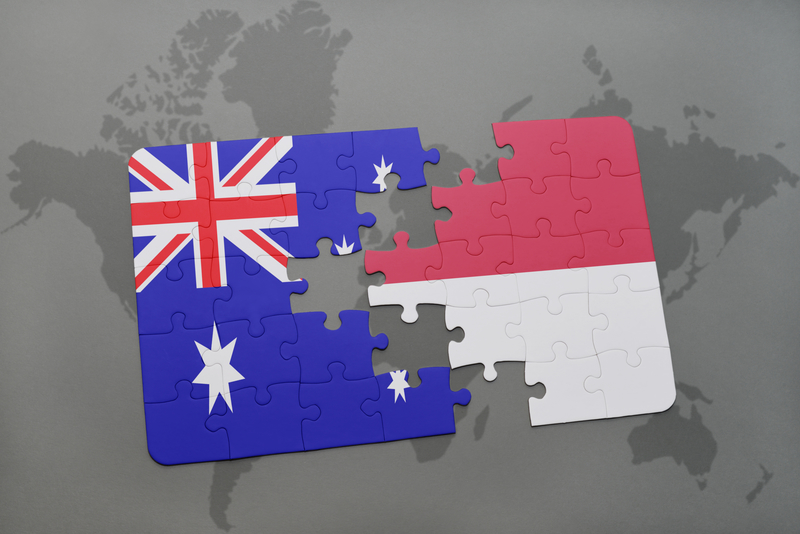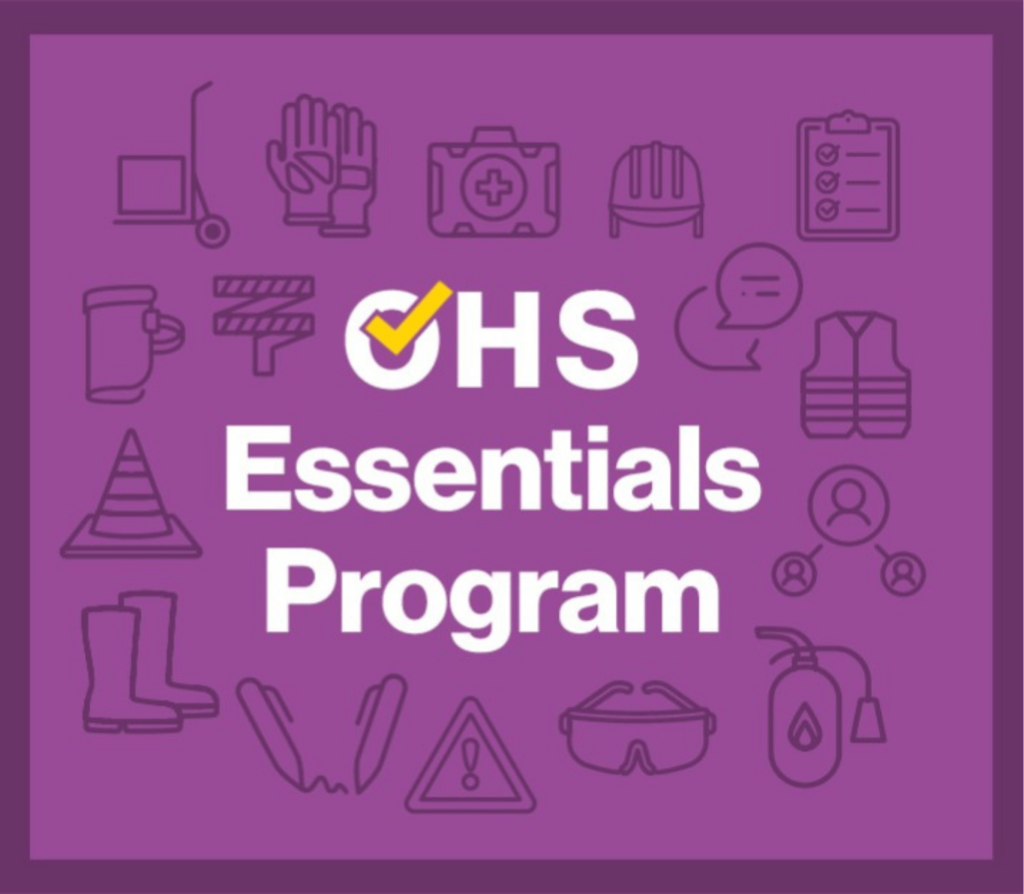In a recent joint statement, Australia and Indonesia explored more active co-operation.
Trade Minister The Hon Simon Birmingham and his Indonesian counterpart, Enggartiasto Lukita signed a joint declaration on 4 March this year.
What the joint declaration says about VET
While the Indonesia-Australia Comprehensive Economic partnership Agreement (IA-CEPA) is broad in its concept, as the full text of the agreement shows, there are things that are specific to VET in it. The joint declaration talks about developing a range of “TVET related activities [that] shall include activities that develop training packages specific to Indonesian industry in agreed sectors” and providing “short courses to train eligible Indonesian vocational teachers, instructors and polytechnic lecturers in sectors of agreed priority.” The aim is “to incentivise Indonesian industry to participate in the vocational education and training system.” As Simon Birmingham’s press release points out:
“This includes providing vocational education to Indonesia’s growing population through work training programs, establishing tourism-related businesses to serve the needs of Indonesia’s burgeoning tourist industry, running private hospitals to provide world-class healthcare, and participating in the construction of Indonesia’s growing list of infrastructure projects.”
Thus, there appears to be a market opportunity too. Australian providers of Work Training will be able to provide non-award courses, Indonesian Qualification Framework qualification levels 1-5 and all AQF qualifications registered by ASQA.
So, what do we know about the Indonesian system? In 2013 UNEVOC provided an outline of the Indonesian system that can be accessed here. More recently, a policy on TVET in Indonesia was discussed at a meeting in Kuala Lumpur in 2017. It focussed on a number of issues, including improving teacher quality.
Some relevant research
A PhD thesis from Victoria University by Dr Helmy Abdullah in 2014 explored the impacting factors in four VET providers of industry training partnerships in East Java, Indonesia. And his work has some direct relevance to the joint declaration.
Helmy’s findings “emphasised the importance of interpersonal and communication skills for staff to establish trust and maintain sustainable partnerships.” He found that “the existence of a partnership champion is also crucial in the establishment and implementation of partnerships.” Finally, “management support and trust are also reported as significant elements in conducting and maintaining partnerships.”
In Helmy’s view, other things are required too:
“Flexibility in course delivery is needed including: scheduling, course structure and geographic proximity; delivery of quality training services and products; timely responses to concerns and inquiries; employing qualified and experienced trainers/instructors; mutual trust; acknowledgement of strengths and limitations; and the needs of both the academic and business worlds.”
He recommends “carrying out training needs assessment to identify the realities of competitiveness faced by industries as they try to build training and skills development continuously into their companies” as well as “building a better coherence between training materials with the industry needs and the continuous upgrading the quality of product delivery.” The process also requires “building components of flexibility and customisation into the training within the budget [and] continuous staff development in many skills particularly in launching and overseeing big training partnerships.”
Succession planning is also needed “to sustain and build partnership capacity.” Finally, there needs to be “continuous assessment on how well the partnership is meeting the industry requirements.”
And, of course, all of these conclusions would be equally applicable in Australia.








